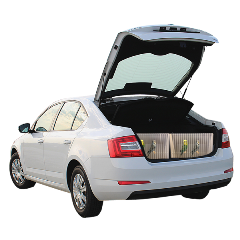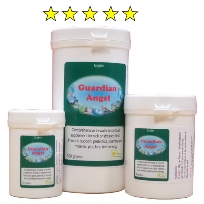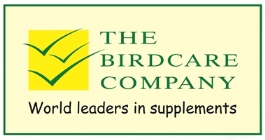Show birds - preparing for travel and stress

Experience tells us that the most vulnerable times in the lives of most cage birds occurs when they are being shown or sold. By understanding the biological processes going on in the bird during stress we can do a considerable amount to ease the stress on the birds. It is this stress which generally causes illnesses and frequently causes death.
So what is stress?
Stress is actually a very natural process. Without stress birds would be very vulnerable to predators in the wild. A number of changes occur very rapidly in the body of a frightened bird. Adrenaline is produced and this instructs the blood vessels to the heart and the muscles to open wider. The increased blood supply to these vital organs enables the bird to fly away very quikly. But the blood for this must come from somewhere so adrenaline also instructs the blood vessels to the gut to close up. After all the gut plays no role in flying away from a predator!
Under normal circumstances this reaction of the body lasts for just a few minutes. When the fear subsides the blood supply to the gut is restored. But when the stress continues for a prolonged period of time the digestive system is starved of the vital oxygen and nutrients that it requires to function properly. It is no surprise that stress in humans causes ulcers!
With poor gut function the birds body becomes starved of essential nutrients. This is another source of stress. Even simple nutrients like water are often not properly absorbed. The bird may get diarrhoea which washes vital nutrients from the gut. In particular the bird looses simple mineral salts known as electrolytes.
The stressed bird will also run short of energy as its gut is no longer breaking down starch molecules into small enough sugars to be absorbed effectively into the bloodstream. Yet at the show or sale the bird is being frequently stressed and using great quantities of energy.
Unless the bird is very ill it is likely to still be drinking. So by adding a well designed nutritional package to the drinking water we can get nutrition into the gut. But the real challenge is to get it from the gut and into the bloodstream!
So the stressed bird is normally suffering from 3 major deficiencies – water, energy and electrolytes (or mineral salts).
How can we help prepare show birds for stress?
All we need to do is get energy, electrolytes and water back into the bird but this can be easier said than done. The starch molecules in fruits and seeds are too large to be absorbed. With the digestive system malfunctioning these molecules are not broken down to a small enough size. In contrast small molecules such as glucose, although rapidly absorbed, also make the bird’s diarrhoea worse. By using energy molecules of an intermediate size (glucose polymers) we can provide the absorption benefits of glucose without the negative impacts of diarrhoea.
Next we must get the electrolytes from the gut into the bloodstream. There are biochemical tricks that can be incorporated in well designed products to maximise the uptake of electrolytes. Improving electrolyte absorption also improves the absorption of water.
But prevention is always better than cure. Glucose polymers behave quite differently in the blood stream to glucose itself. Glucose only provides a very short burst of energy for the bird. In contrast glucose polymers raise the energy levels in the bloodstream for up to 12 hours. This energy can be stored in the liver and the muscles. This is known as carbohydrate loading and is commonly done by marathon runners. When stress turns off the digestive system the loaded muscles provide the required energy. Efficient carbohydrate loading enables birds to travel for extended periods of time in cramped surroundings and arrive at the other end of the journey showing almost no signs of stress whatsoever.
Guardian Angel is the product you need to help with preparing your birds ready for the show.

